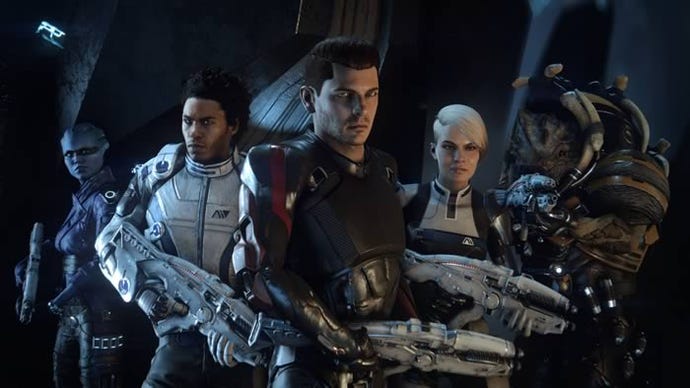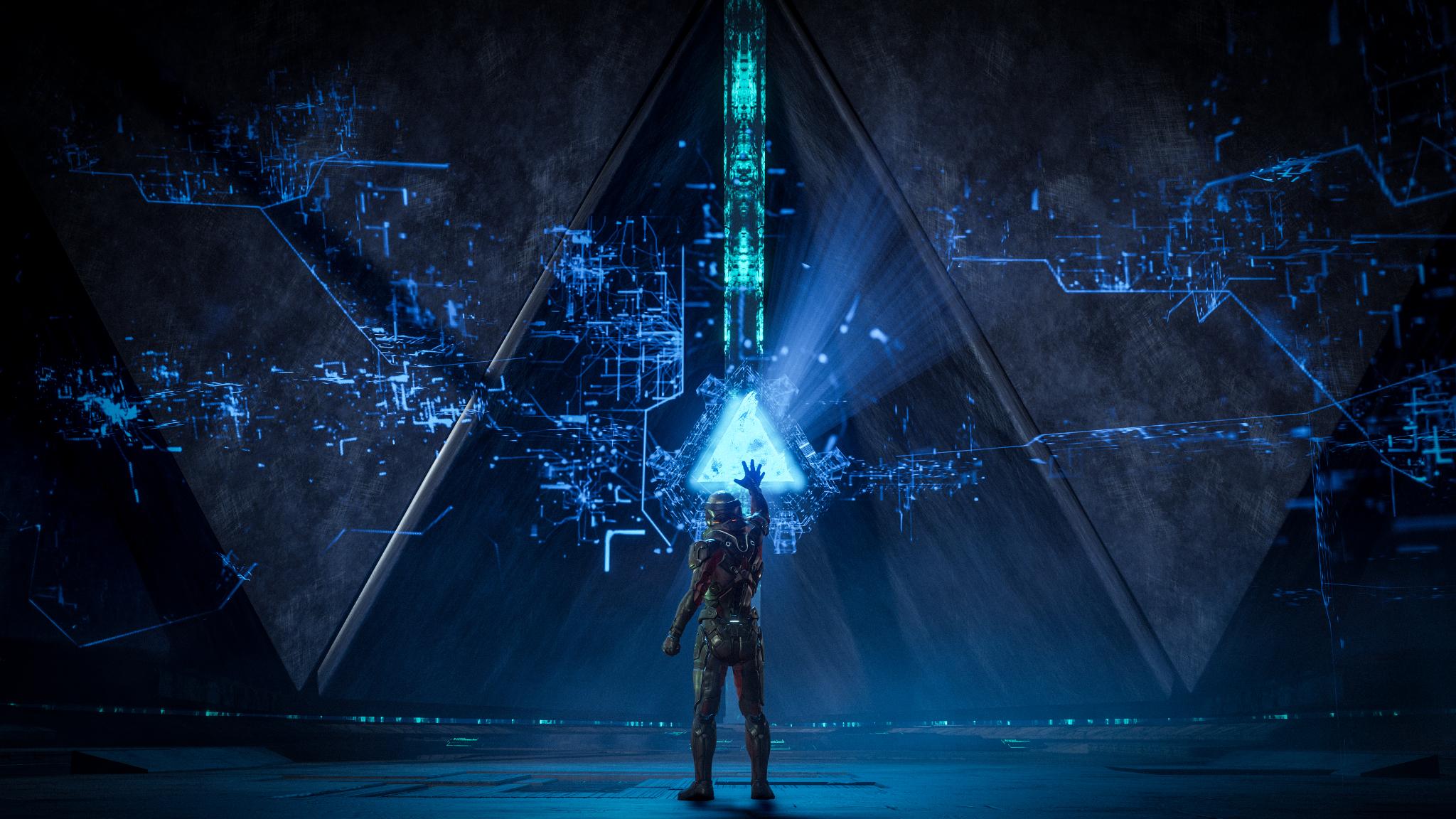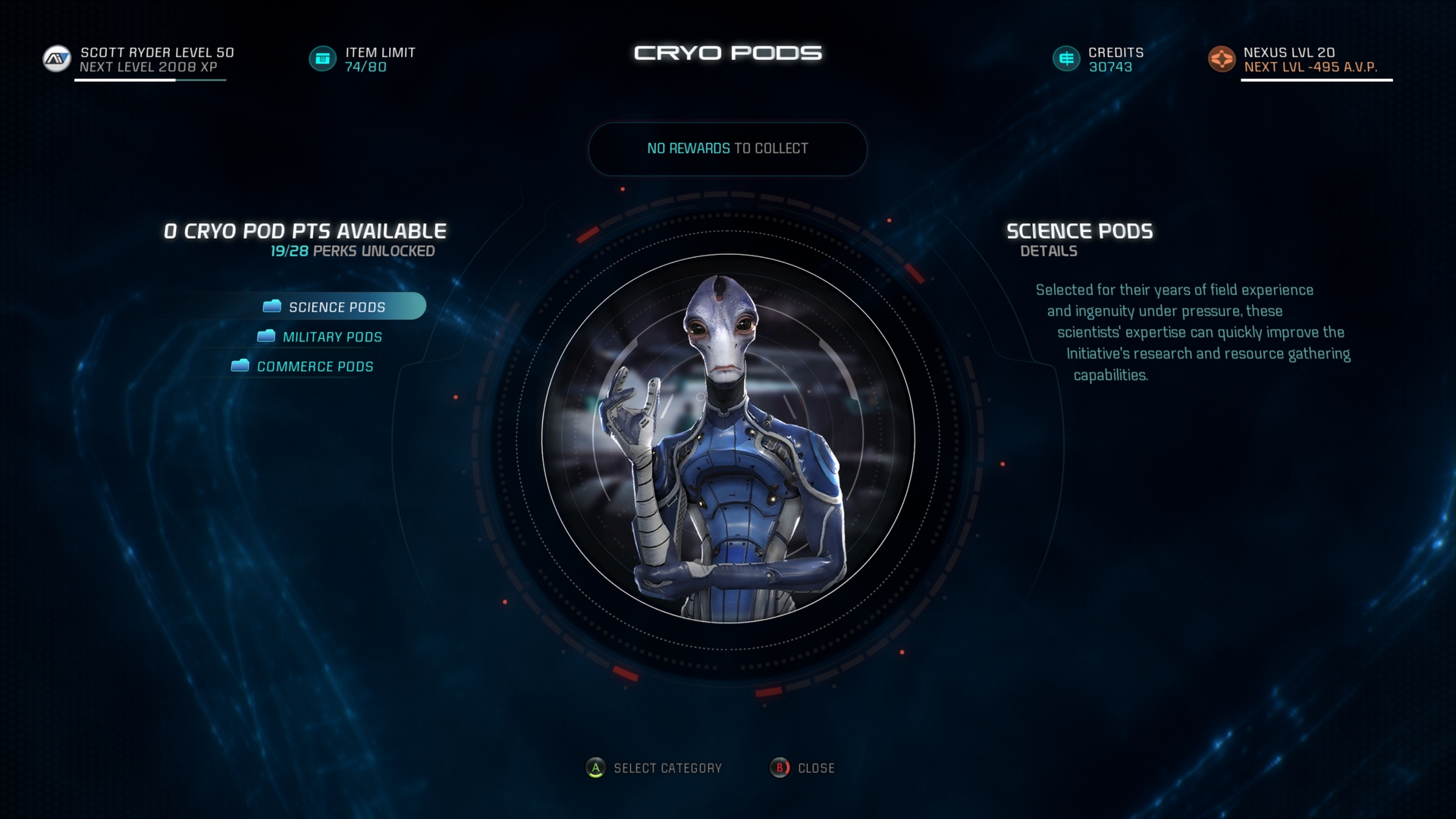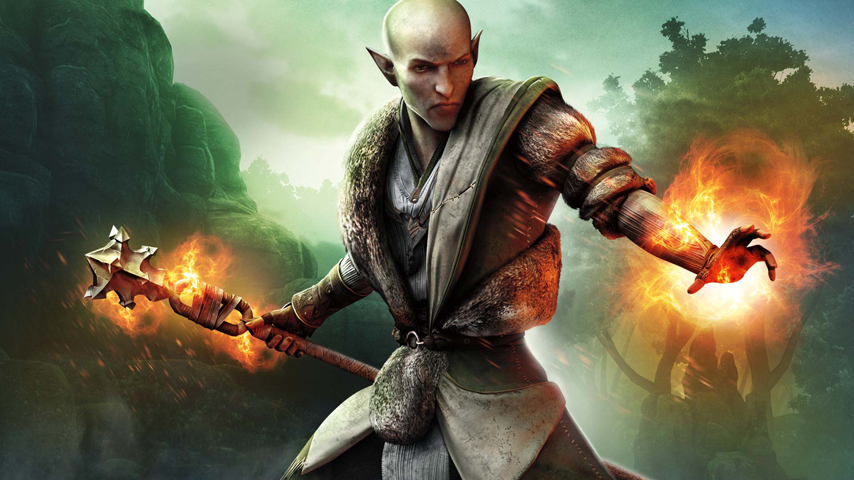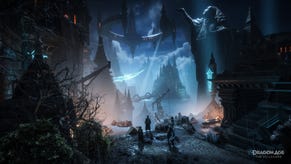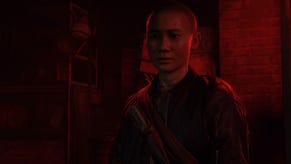Mass Effect Andromeda vs Dragon Age Inquisition: how BioWare is losing its heart this generation
Mass Effect Andromeda and Dragon Age Inquisition paint a picture of a developer struggling to get a handle on the conventions of a new generation, and losing part of its heart in the process.
There are two BioWare games available for current-generation consoles, and neither of them have been quite as successful as fans might have hoped.
Putting aside the studio’s ongoing struggle with Frostbite and technology (and sometimes that’s a pretty big ask) to look squarely at the game themselves, BioWare’s limited, lacklustre output so far this generation smells suspiciously of an attempt to court a larger market than RPGs have typically commanded.
BioWare’s limited, lacklustre output so far this generation smells suspiciously of an attempt to court a larger market than RPGs have typically commanded.
Both Mass Effect Andromeda and Dragon Age Inquisition feel shaped by trends in blockbuster triple-A, which distracts from the real strength of the studio – fostering an intimate feeling of investment and connection with characters, world and story.
The most obvious manifestation of this is the shift to a semi-open world setting, as opposed to the dungeon, hub and world map of classic RPGs. Neither Mass Effect Andromeda nor Dragon Age Inquisition pull it off gracefully; they don’t have the seamless transitions that are one of open world gaming’s core strengths; they don’t offer the joyful traversal we less frequently find in some open world games; but they do have all the downsides.
Both games front whopping enormous spaces that are something of a chore to navigate, without presenting a compelling motivation to do so. Mass Effect Andromeda is less guilty of it than Dragon Age Inquisition, but both present spaces the player is never driven to except in the pursuit of humdrum fetch quests, collectibles and map icons. While both games have some lovely landscapes to admire, neither manages to capture that excited sense of wondering what’s over the next rise, because after even just a few hours, you know it’s just going to be more of the same sort of hills, crevasses, forests or whatever. The majesty Bethesda packed into Skyrim, so that every new vista pulls you on to see what’s next, is largely absent.
To fill these enormous landscapes, both Mass Effect Andromeda and Dragon Age Inquisition offer checklist-style open world content. This style of content, padding a game out tens of hours past the lifespan of its primary and secondary quests, is more popular among those who buy a couple of games a year than world-weary games journalists, but even so, there’s no denying the difference in quality between the filler content in Mass Effect Andromeda and Dragon Age Inquisition and something like The Witcher 3: Wild Hunt, Skyrim or Fallout 4.
Mass Effect Andromeda and to a lesser extent Dragon Age Inquisition have you suffering through dry collections with little story content, or fighting through dozens of identical encounters. The Witcher 3 gives you very quick in-and-out battles like monster nests, and tough challenges like guarded treasures ranging to very high levels. Skyrim and Fallout 4’s filler content – the Radiant quests - send you to a huge variety of different places with different kinds of enemies awaiting you, so that even these automatically-generated missions are more interesting than the flimsy stories BioWare attaches to your quest to find four radio signals at random encounter points.
(In Mass Effect Andromeda’s case, even the more substantial secondary content tends to fall short of memorable. PC Gamer has a great comparison of one of Andromeda’s best quests, which sticks out like a sore thumb among much of the game, with one CD Projekt RED threw into The Witcher 3: Wild Hunt seemingly just to take jabs at how lazy and dull quest design can be.)
Multiplayer is another area in which it feels like someone wanted to tick a checkbox: there is absolutely no reason for Dragon Age Inquisition to have multiplayer. The class-based, loot crate formula that worked so well in Mass Effect 3 and again now in Mass Effect Andromeda does not succeed in Dragon Age Inquisition, because combat in Dragon Age Inquisition is not fun.
Combat is fun in Mass Effect Andromeda, but it’s also shallow. Neither Mass Effect Andromeda nor Dragon Age Inquisition offer the strategic and tactical depth possible in previous series entries; Inquisition compared to the wonderful Dragon Age Origins, in particular, is painful. Mass Effect’s lean to action is more forgivable (especially as it’s actually fun - for a while at least).
To give an illusion of depth to their systems where none actually exists, both Mass Effect Andromeda and Dragon Age Inquisition have horrible menus. You might open them up and think wow, this is really complex! I’m not sure that’s for me. But bad UI design is for everyone.
In both Mass Effect Andromeda and Dragon Age Inquisition, BioWare seems to have pulled back from meaningful RPG systems in favour of accessibility. This move is framed as giving the player greater control over their experience – if you want to dive deep on crafting and builds, the PR waffle goes, you can – but if that’s not your thing, then you don’t have to.
And yeah, you really don’t have to. It’s completely unnecessary, and pursuing it will not improve your experience by any significant degree, or in a way you couldn’t also achieve by visiting a merchant. There are no killer customised builds full of synergies and leverage here; it’s just a 5% damage boost, or whatever. There is literally one battle in the entirety of Dragon Age Inquisition where resistances really matter (it’s in the DLC), and Mass Effect Andromeda is perfectly playable without any powers at all.
Perhaps to give an illusion of depth to their systems where none actually exists, both Mass Effect Andromeda and Dragon Age Inquisition have horrible menus. You might open them up and think wow, this is really complex! I’m not sure that’s for me. But bad UI design is for everyone. Nobody enjoys navigating a modern BioWare menu.
As for BioWare’s traditional strengths: the studio hasn’t managed to deliver consistently on its reputation. Dragon Age Inquisition in particular fronts a terrifically varied bunch of party members and advisors, all with interesting quests and growth arcs, and BioWare expanded its romance plans substantially during development. Mass Effect Andromeda doesn’t live up to Dragon Age Inquisition’s standards, but it’s worth remembering that it was developed by a brand new team – this is its first go. As a first effort, the fact that you don’t hate every single party member is remarkable.
Story-wise both Dragon Age Inquisition and Mass Effect Andromeda have remarkably flimsy pretexts for your character’s sudden elevation, although the MacGuffin in question seems more acceptable in a fantasy universe than a sci-fi one. Both games have a big baddie to square off against in a final confrontation, and task you with hitting specific milestones through the critical path and your choice of side missions on the way there – an elegant solution to the difficulties of marrying open world content with traditional narrative campaigns, without putting the player under pressure to play in a particular way.
Neither really game manages to preserve immersion while giving the player freedom to do sidequests and main content in whatever order they choose.
How the two go about it is different, though. Dragon Age Inquisition doesn’t give two hoots about immersion; major events go on hold until you gather the necessary power points and kick off whenever you like. The big baddie just conveniently doesn’t attack until you wander into that particular mission or area.
Mass Effect Andromeda does the same thing, but does a much better job of not advertising it with a more traditional linear narrative gating method. On the other hand, it asks you to suspend belief by giving you a pressing story reason to crack on with side missions (when you arrive in Heleus, the Nexus can’t support itself and everyone could die) but then completely ignores it, mechanically, for the rest of the game. Progress just unlocks bonuses; leave the colonists frozen and spend three months on Eos, if you like; it makes little difference.
Neither game really manages to preserve immersion while giving the player freedom to do sidequests and main content in whatever order they choose, but Dragon Age Inquisition perhaps has the edge over Mass Effect Andromeda in this regard, because it doesn’t fail in acknowledging your actions and choices so often, making the whole thing seem ludicrously fake.
Speaking of those frozen colonists, the AVP and Apex mission systems between them serve as an analogue to Dragon Age Inquisition's war table to provide a sort of passive bonus meta system. Both reward you with various goodies, but the implementation differs slightly; for some reason you need to be online for APEX missions, and they’re fronted on BioWare’s schedule rather than unlocking with player progress. The newer system is harder to game for your benefit, which may or may not please you, but having to have an active connection is a pain when you only get single-player goodies anyway.
Mass Effect Andromeda isn’t at successful at disguising the overall hollowness of player choices and branching in-game. This feels like an accessibility compromise – focus groups don’t like fail states.
Neither game does it as well as Assassin’s Creed Brotherhood did a generation before, which had optional online connectivity so you could log into Facebook and send everyone on new missions while away from your console, but Mass Effect Andromeda's cold menus encourage a mental disconnection from the main game, whereas Dragon Age Inquisition's lovely table map with its mission markers, the way the advisors would acknowledge your decisions, and the little stories attached to each mission made it feel much more real and interesting.
But to return to the question of reflecting player actions, Mass Effect Andromeda isn’t at successful at disguising the overall hollowness of player choices and branching in-game. There are fewer decisions that feel meaningful immediately and especially in the longterm, and again, this feels like an accessibility compromise – focus groups don’t like fail states, and having a party member leave the group in Dragon Age Inquisition (or even die, as in earlier BioWare games) because of your actions can be interpreted as failure rather than part and parcel of forging your own unique story. Mass Effect Andromeda’s reduction of consequences to angry confrontations next time you wander onto your ship undercuts the illusion of meaningful choice BioWare has been so good at it in the past.
Mass Effect Andromeda is at a disadvantage in maintaining a sense of player impact on the world, because it makes a break with the original trilogy. By carrying over past choices and clearly forming part of an ongoing storyline (dat Trespasser DLC, amirite), Dragon Age Inquisition manages to make players feel like part of an ongoing, evolving world. Mass Effect Andromeda 2 stands a better chance of making back this lost ground.
The design decisions BioWare made for Dragon Age Inquisition and then again for Mass Effect Andromeda make a lot of sense within the broader context of open-world as a new blockbuster standard, and the unfortunate need for every game to push enormous numbers to recoup current-gen development costs.
Understanding those decisions is one thing; liking them is another.
